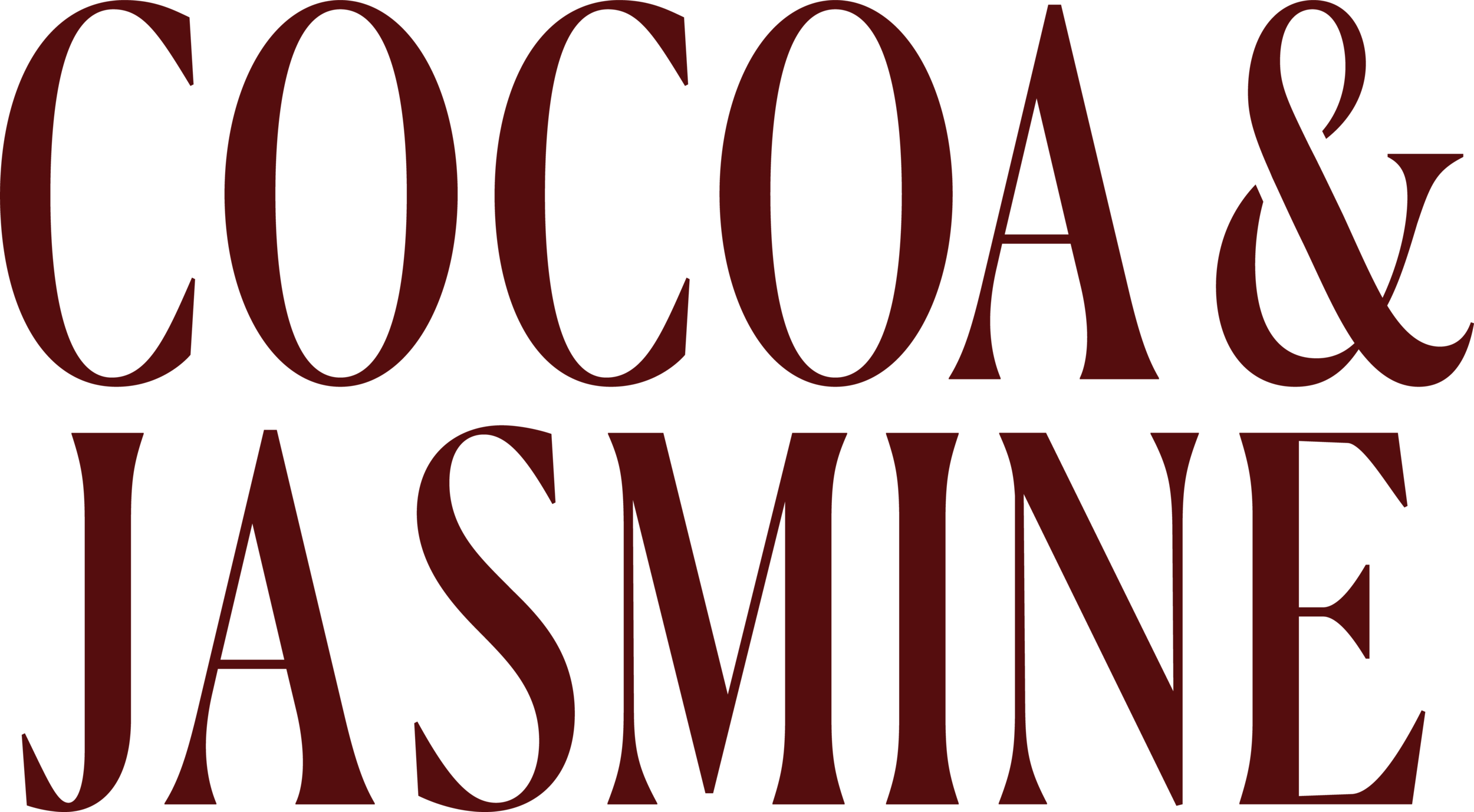Scandinavian Minimalism through Indian Textiles
Words and Photos by Beneticte Lux
I come from a region known for its minimal design. I grew up with my grandmother Thora knitting – thick, itchy wool. She was immensely talented, creating pieces that are reminiscent of Missoni, without ever having heard of Missoni, which she sold at local markets. I remember the days in her studio, spools of rainbow colours and designs coming to life before my eyes. I never considered that as fashion nor design; we wore wool because it was practical. It’s a local material that protects us against the cold winters of Norway. Likewise, our houses were crafted in local wood, some built by hand, timber nestling against timber in insulated squares, roofs covered in moss and grass.
With the recent fascination for Scandinavian design, I had felt a strong aversion to the drab minimalism of it. I am not a minimalist by taste; and I would jokingly describe it as “taste for people with no taste.” Until my own work started to be called by various people as minimalist, and I had to take a look at the roots of Scandinavian minimalism, what that means for my as a designer and why it was cropping up as a defining feature of my work.
Through my education as an art historian, I became enamored with Surrealism and in particular Joan Miro. He started his career as a realistic painter, painting scenes of his “granja”, the Spanish farm life that he had grown up with. In his later works, he abstracted nature, conceptualizing his own symbology that was crafted from the organic forms of nature he had been so interested by.
I look to create something universally relatable through the honesty of touch and feel – a language that is inspired by natural forms. Garments that will live with you; something you can war every day and feel special in. Simple but to be treasured because care has been taken from seed to stitch.
This is for me the new luxury – the haute couture of handwork. Not to become precious about it- we should wear it, rather than elevate it to lofty catwalks, with multiple thousand dollar price tags. On that note, you don’t need to travel to the ateliers of Paris to find it – the real treasures are in rural India. It’s artisanal, it’s anthropological and it is truly super natural.
I believe that was has become known as Scandinavian minimalism stems from the same roots of “wabi sabi” as the Japanese term it. It is first and foremost local and natural materials, due to that being what is available. These natural materials are aided by a hand that allows it to take on a functional yet beautiful form. It is to elevate craft to an art form; to create spaces, furniture, design and objects that we feel familiar with. And of course- it’s only natural that one feels home amongst natural materials. There are irregularities, unevenness, personalities even, within the work that a talented craftsperson – someone who sees – can bring forth in their work.
Hence, my decision to use only natural materials for my work. The hand-spun, hand-dyed, hand-woven is what draws me again and again to India. A country that has 90% of the hand-looms in the world, the ability to weave textiles is written in their DNA. They are superior to industrially woven textiles in countless ways.
Letting materials speak for themselves – that is what I wish to show through my work. The inherent beauty and quality of nature, simply guided by a hand with minimal intervention – that is supernaturae.
On a different level, due to my upbringing between culture, I’ve never felt totally at home with any one culture, rather seeing myself as a nomad who transverses cultural identities. I’ve therefore tried to find a universal language that is placed in the beauty of craft, which draws from the folk and cultural identities I become a part of, learn from, and leave again.
Through years of research, I’ve compiled a small but good source-book of textiles. I concentrate on different region’s specialities and the corresponding local materials. My core collection is therefore crafted in West Bengal where they are obviously very skilled in both jamdani and silk weaving. I use an organic cotton, extremely soft, woven a little outside Calcutta. I also use a handwoven silk sourced from Murshidabad. I became enamored with the chanderi or maheshwari weaves for their softness and completely fine gauze, so I travel there to source from weavers in Maheshwar itself. Finally, I have started to work in Gujarat, where after years of searching I’ve found a supplier for 100% natural fiber mashru. It’s a revival project, so they use cotton by cotton rather than silk and cotton, but it is natural fiber rather than rayon which is so commonly used. In Gujarat I’ve started to work with a local artisan who is using indigo dye and wool, as well as bandhani, in this area.
For future collections, we are concentrating on female weavers. We are visiting a project in Nagaland, which we are hoping to develop further in order to incorporate this into our supply chain in a different way. We’ll share more when this happens - it’s a very new, and very exciting project, writing the future of craft as we see it.













